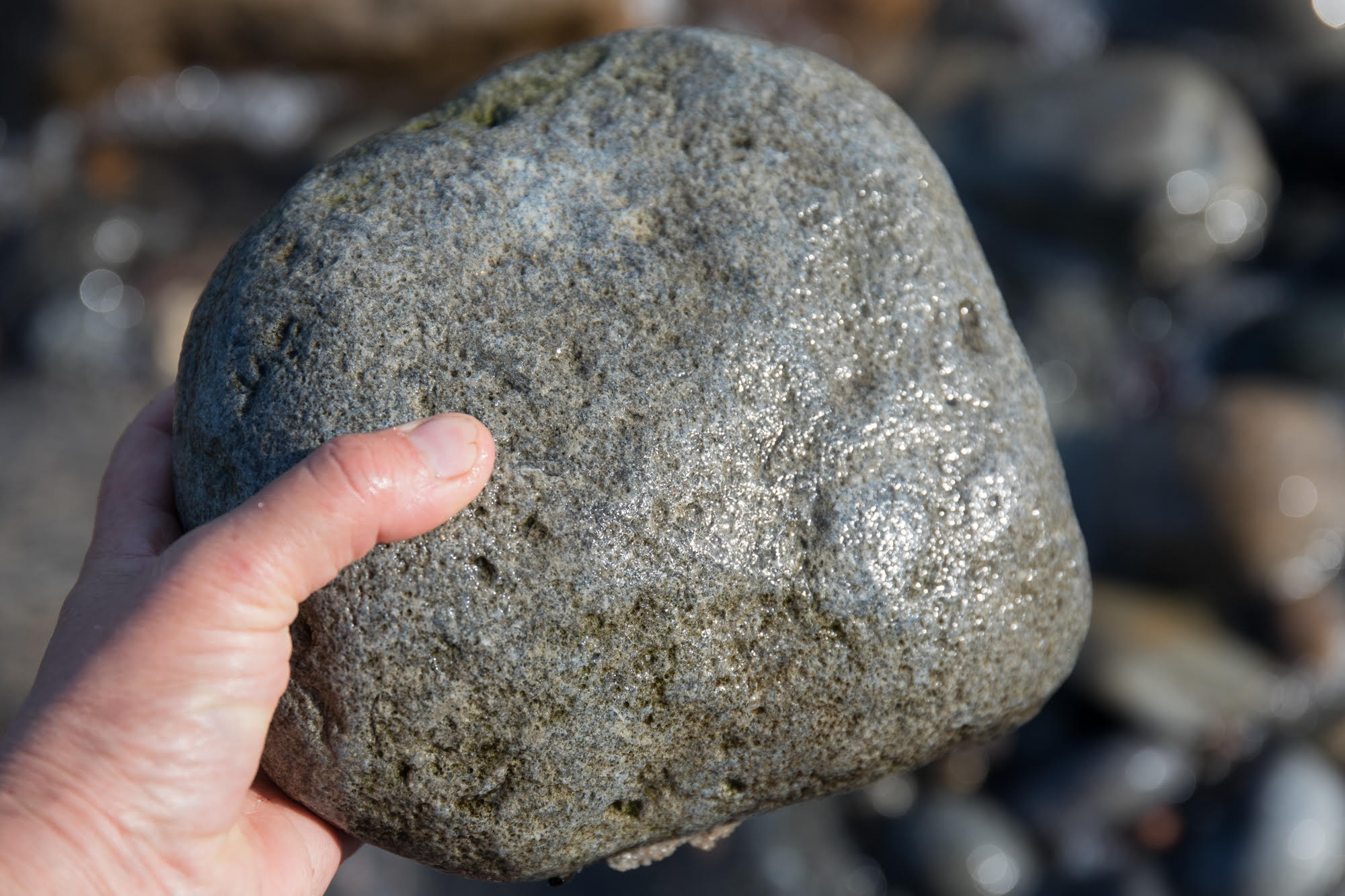-

Join us in a Midsummer Fertility Ceremony for Bladderwrack – an Invitation from (P)Art of the Biomass
During calm nights in May and June, and synched by the full moon, bladderwrack releases its eggs and sperms. If you want to pay tribute […]
-
The Posthumanities Hub Seminar “Sonic Visions of the Arctic” with Åsa Stjerna (online)
When: 25 March, 13:15-15:00 (Swedish time/CET) Where: Online. In order to take part in the seminar, please register by sending an email to the.posthumanities.hub@gmail.com by […]
-
Call for Contributions: Ecomusicology, Sounding Board
Ethnomusicology Review would like to invite you to share perspectives from your research for our online platform “Sounding Board.” Sounding Board is an informal, yet […]